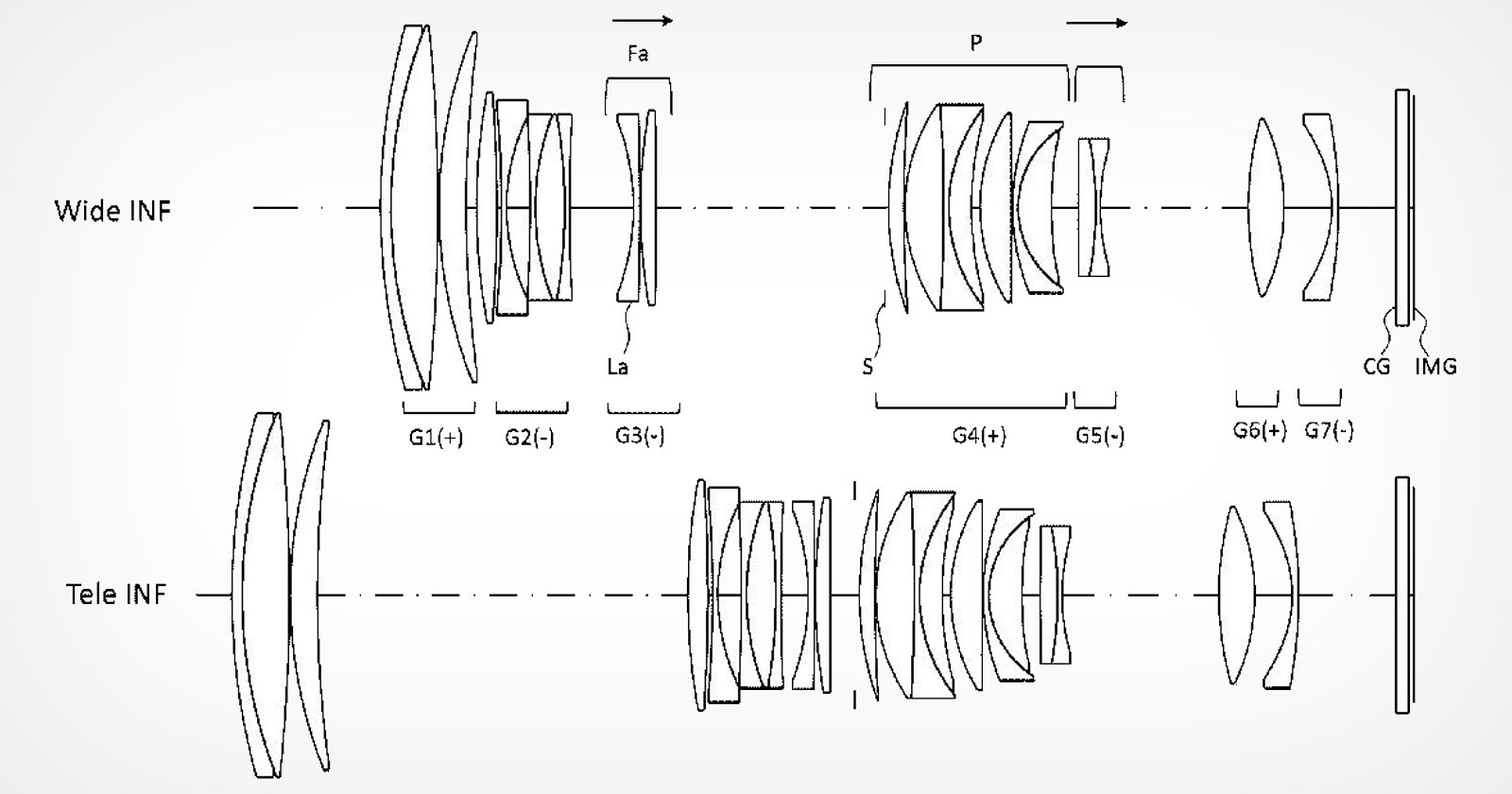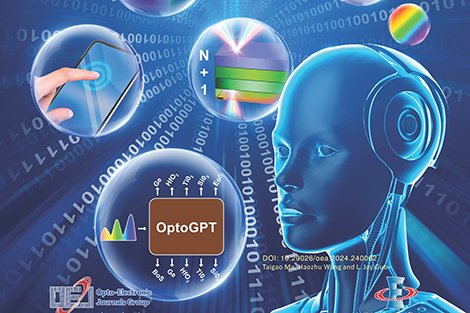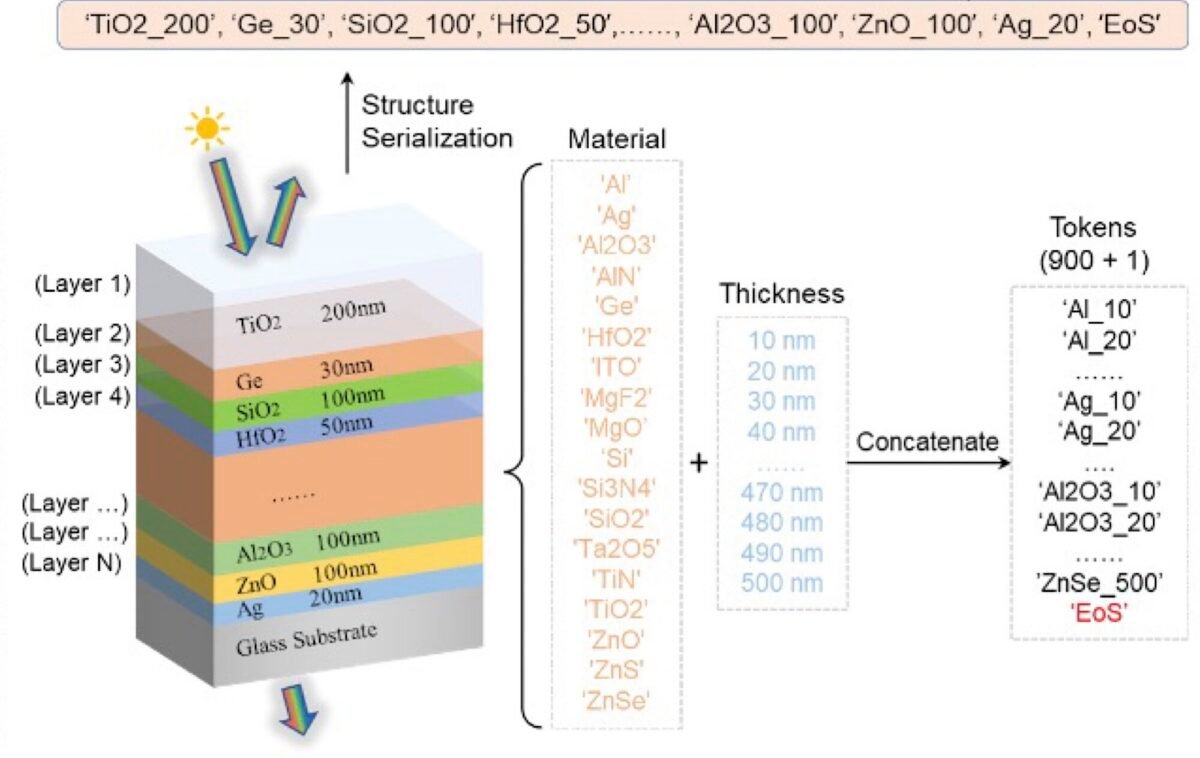A new study examines the Global Optical Simulation Software Market, projecting growth through 2029. The research segments the market by key regions and applications, drawing upon current trends and historical data. Leading companies in this sector, as identified in the study, include Zemax, Synopsys Optical Solutions Group, COMSOL, Lumerical, RSoft Design Group, Optis, VirtualLab Fusion, Ansys, LightTrans International, Photon Engineering, Radiant Zemax, Lambda Research Corporation, FRED Optical Engineering Software, Breault Research Organization, TracePro, LucidShape, ASAP-NextGen, CST Studio Suite, OPTIS SPEOS, GratingMOD, VPIphotonics, Goptical, WaveTrain Systems and Simphotek Inc.
The report highlights the increasing application of Optical Simulation Software in Aerospace and Defense, Automotive, Consumer Electronics, Energy, Healthcare, and Industrial Manufacturing. This expansion is driving market digitalization and improving industry efficiency. The study categorizes the software by type, including cloud-based and on-premises solutions.
Geographically, the research extensively covers APAC, Europe, North America, South America, and MEA regions, with detailed breakdowns of countries within each. The research analyzes market strategies employed by key players, such as new product development, joint ventures, and acquisitions, to navigate the current economic landscape. The report aims to provide a comprehensive view of the market, focusing on growth factors, opportunities, and challenges, while profiling key industry participants and their strategies.





